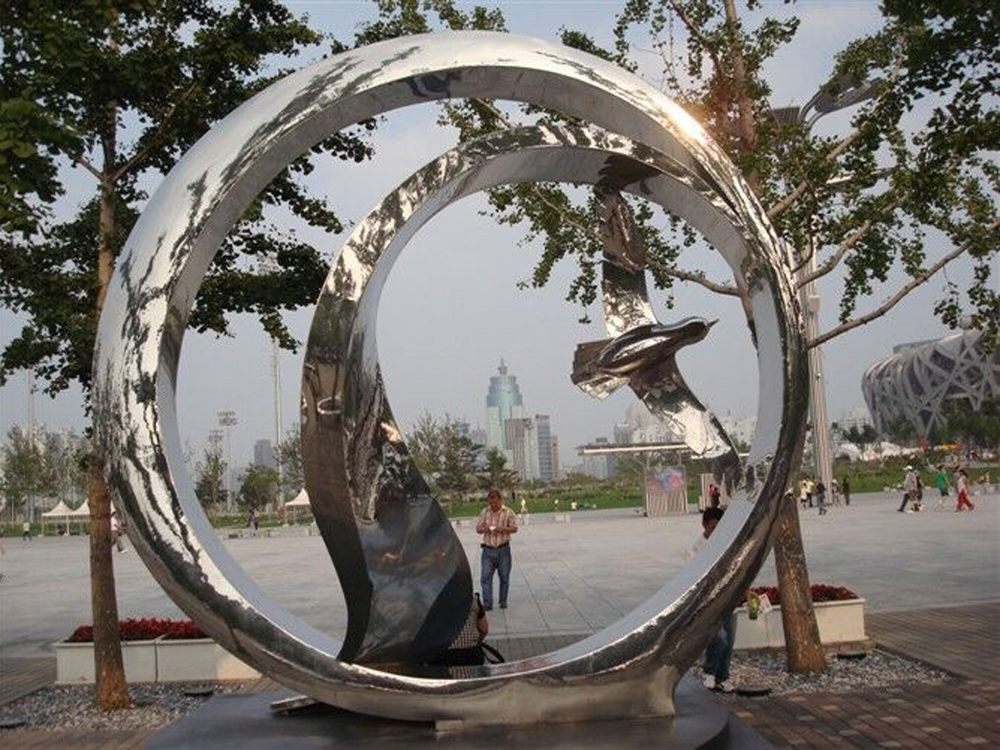
Creating bronze sculptures with a dynamic interplay of warm and cool tones is a meticulous process that blends artistry and chemistry. Artists begin by carefully crafting the sculpture’s form through casting or welding, ensuring a smooth surface for patina application. The contrast is achieved primarily through controlled oxidation and patination techniques.
Warm tones, such as rich browns and golden hues, are produced by applying heat or chemicals like ferric nitrate. Cool tones—blues, greens, and grays—emerge from compounds like cupric nitrate or ammonium sulfide. By layering these treatments and selectively masking areas, artists create striking visual depth.
Texture also plays a role; polished sections reflect light for cooler effects, while rougher areas absorb warmth. The final sealant preserves the balance, making the sculpture’s tonal contrast enduring. Mastery of these techniques allows artists to evoke emotion and dimension in their bronze works.

